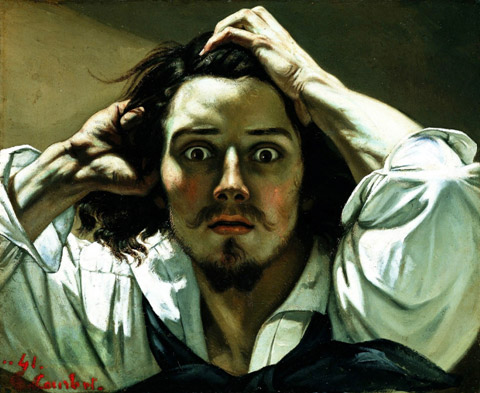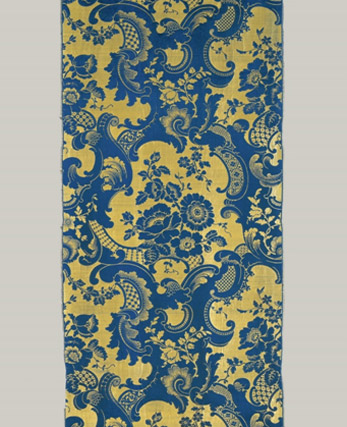The era shifts to the arts and literature of ancient Greece and Rome. Creativity and imagination bring achievements. Humanist scholars concerned about mankind are exalted. Painters begin to use worldly images in their work. Literacy among the secular world begins when the printing press is invented in Europe in the 15th century. North America is a beneficiary. See the recreated Gutenberg printing press at The International Printing Museum.
Gustave Courbet (1819 - 1877) disappoints his affluent parents. Their hopes he will study law, marry, and live a traditional life do not unfold.
In an unapologetic letter he writes, "I am fifty years old and I have always lived in freedom, let me end my life free. When I am dead let this be said of me: He belonged to no school, to no church, to no institution, to no academy, least of all to any regime except the regime of liberty."
Courbet shuns the Romantics to become the leader of the Realist movement – he has been credited with coining the term.
Near the end of Courbet's life, he is jailed briefly for his association with the Paris Commune, a failed revolutionary movement. Rather than face bankruptcy when the French government imposes exorbitant fines, he flees to self-imposed exile in Switzerland.
The painting of his great-uncle's burial occurs in his birth place, Ornans, France. Upon Courbet's death, his remains are transferred to the same cemetery where he painted the picture twenty-seven years before.

Renaissance, French Realist movement (ca.1850 - present) Realism begins in France a short while after the French Revolution.
Idealizing people and events, the hallmark of Romanticism, is passé. Painting the truth is in, warts and all.
Growing disenchantment incites workers' uprisings due to growing industrialization and the poverty that comes with rapidly changing circumstances.The Realists are touched; paint brushes are poised to influence public opinion.
Upper-class Parisians, who view A Burial at Ornans, are unaccustomed to seeing common people immortalized at a funeral. They are shocked!
The Industrial Revolution plays a major role in transforming the production of textiles in 19th century Europe. The importance of the textile industry, and the development of the factory system, cannot be overestimated. France’s income levels begin to rise steadily, at the same time.
Go on to Describe, Analyze, Interpret & Conclude. Contact me for help.

A Burial at Ornans (c.1849 - 50. Oil on canvas. 124 x 263 in. (315 x 668 cm.) is Courbet's ten-foot epic masterpiece. Someone counted forty life-size figures.
The sumptuous blacks recall Spanish Art. Nuances of color, from dark greens and dull greys, produce an austere tone to the painting. The impasto technique of applying paint thickly gives the mourners a sense of volume/ roundness. This was the last of Courbet's most impressive works.
The Salon draws severe notoriety for exhibiting A Burial at Ornans. Critics object to the elevation of a provincial funeral to the status of a history painting.
True to his nature, Courbet challenges the Salon to create controversy. Later Courbet installs a show of his own fueling contemporaries to follow suit.
A Burial at Ornans brings Courbet instant fame.